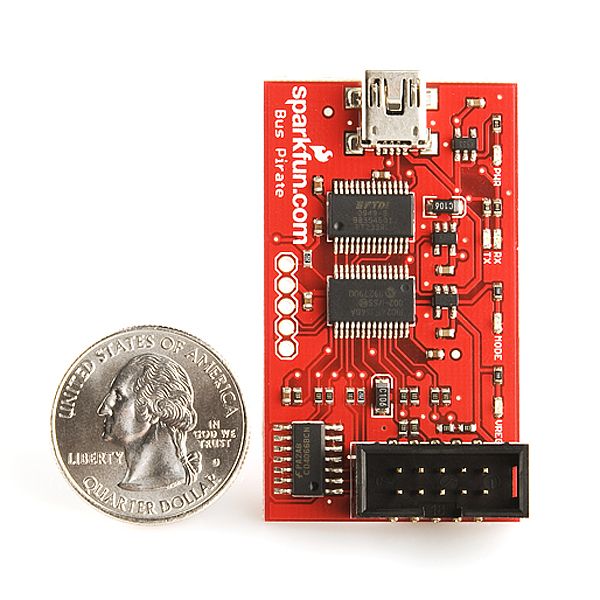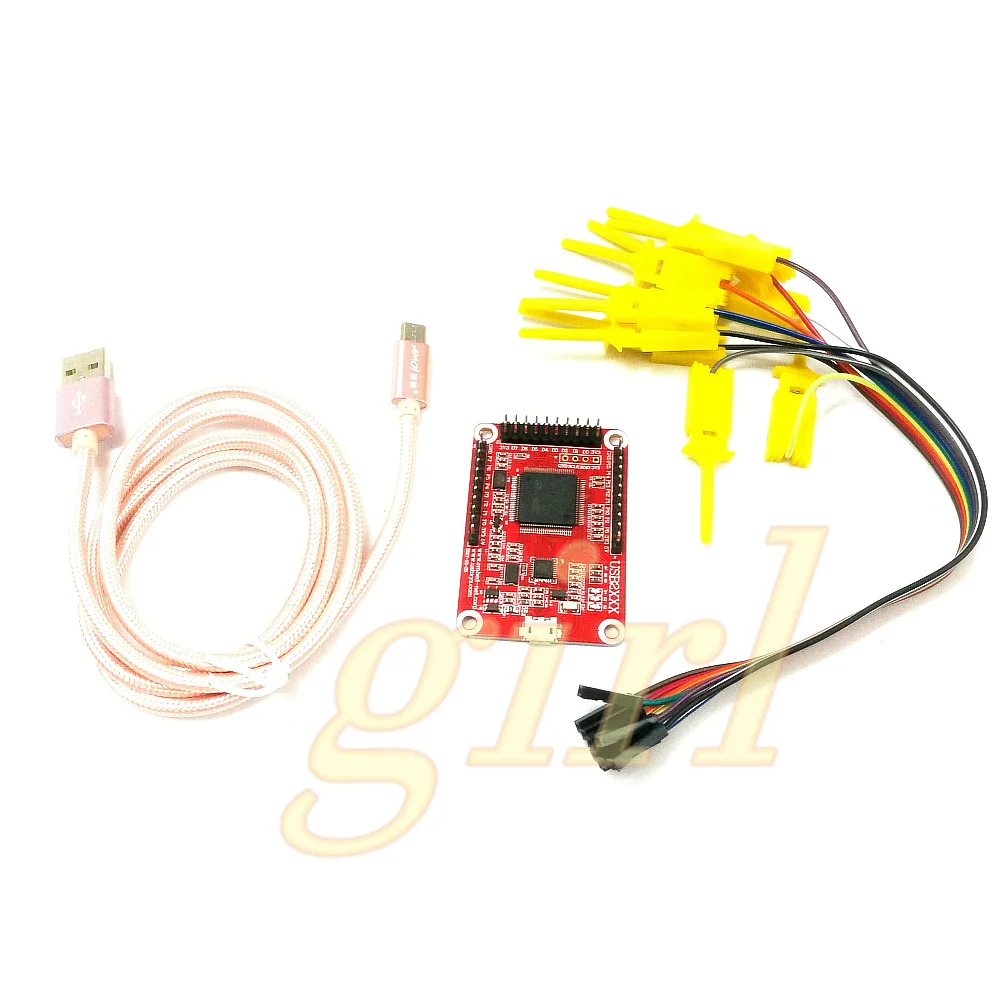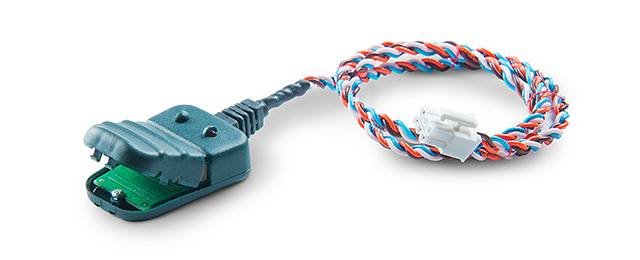

These CAN-compatible components, which are called “nodes” are connected with a 3-string copper wire, with no central router to govern the flow of data. The fuel level, door sensors, odometer, and many more parts of a car have to communicate with each other somehow, and CAN BUS is what they used to do. For example, they are found in vehicles, farming equipment, industrial environments, etc.

CAN is a serial communication bus designed for industrial and automotive applications. the engine control unit, airbags, audio system, etc. Today, you can find up to 70 ECUs in a modern car, e.g. These devices are also called Electronic Control Units (ECU) and they enable communication between all parts of a vehicle.

I hope that you’ll get a better understanding of it through this blog: In the next step I will show you how to use it.Ever heard of CAN-BUS but don’t exactly know what it does? Fret not! We will be discussing everything about CAN-BUS today. I have developed a tool which I call the SuperSniffer, It allows you to analyze the data in a way so you can make more sense of the incoming message stream, If you have scanned the can bus before you will now that 1000s of messages are being transmitted and its not really possible to make out what's happening when just watching the messages come in. The actual arduino code can be found from the previously mentioned linkĪlternatively you can use the Arduino Code embedded into the SuperSniffer's "Arduino Code" Sketch toolbar menu.

Note:The CAN-BUS Shield needs a custom library to be loaded from the manufacturer of the shield, which can be downloaded from github. In a nutshell, It involves attaching a SeeedStudio CAN-BUS shield to an Arduino UNO. I created a forum thread explaining a bit more in detail , In a previous instructable Ive shown how you can put together hardware to scan your can bus, the instructable can be found here. The Hardware built in a previous Instructable


 0 kommentar(er)
0 kommentar(er)
